
Kingdoms:
Firmicutae (Group of Actinobacteria, Bacillus, Clostridium, antrax and similars)
Oxyphotobacteria (Cyanobacteria, the photosynthetic bacteria with chlorophyll)
Proteobacteriae (Proteobacteria, the most common group of bacteria)
Pictures of Bacteria:
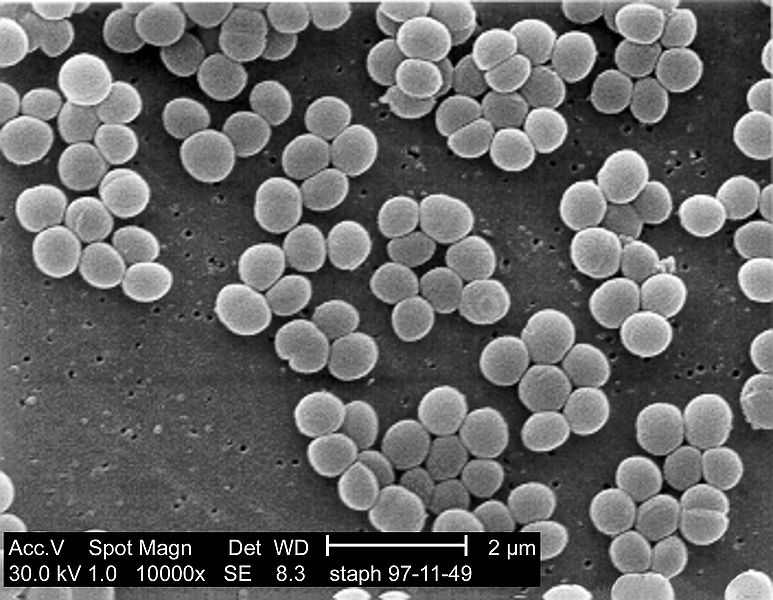

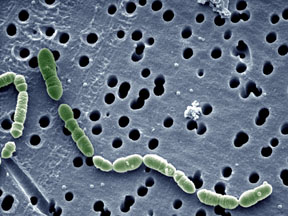

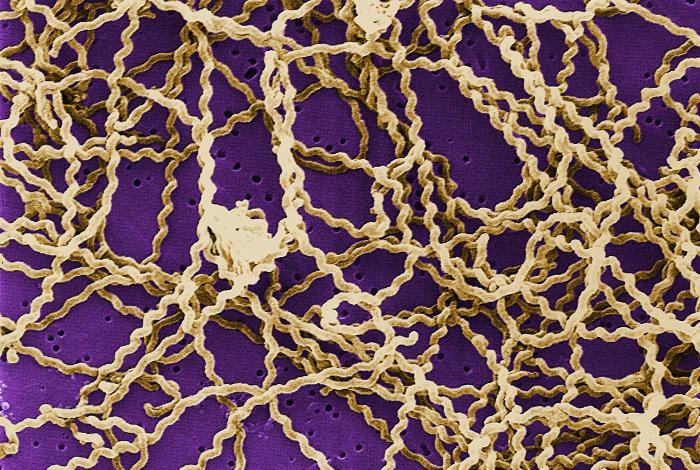


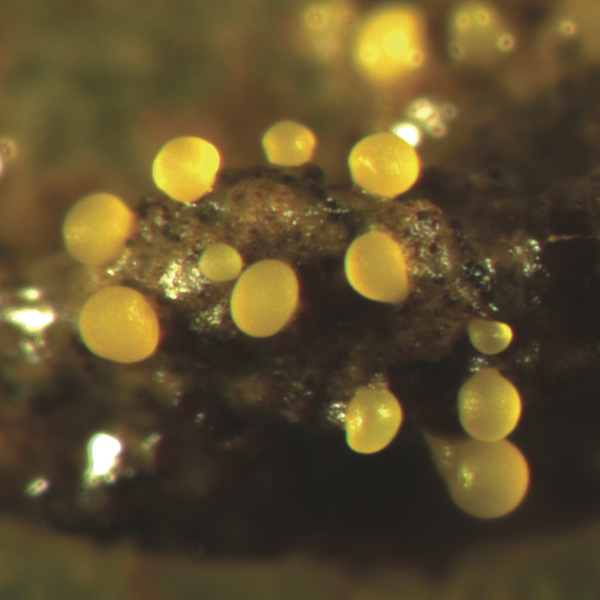
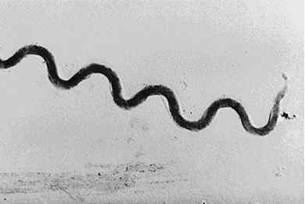
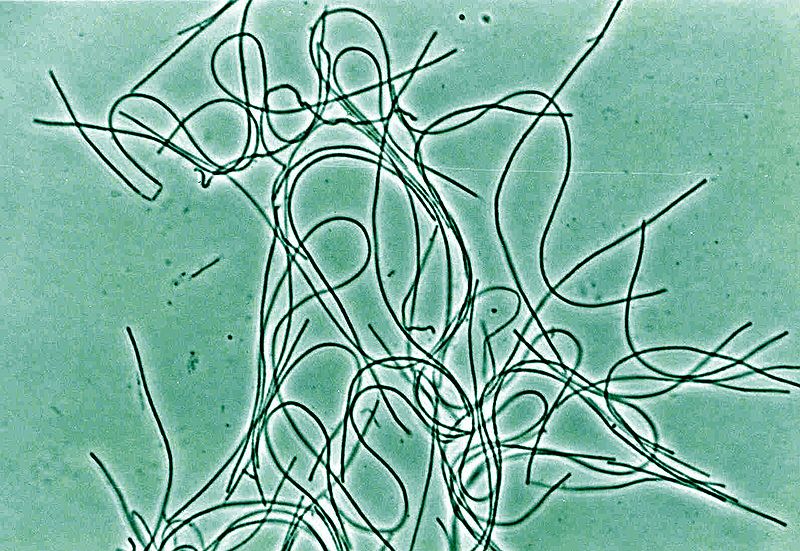
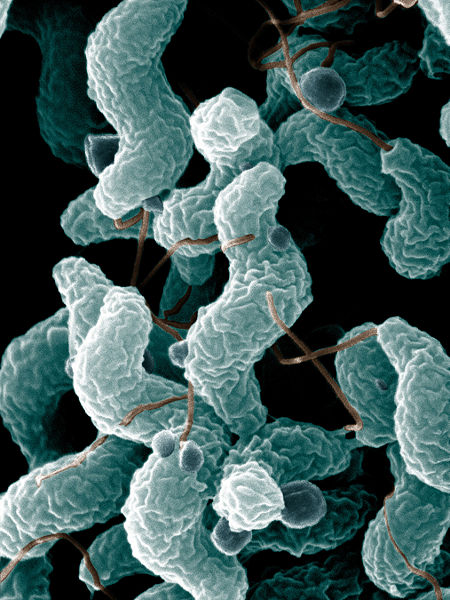

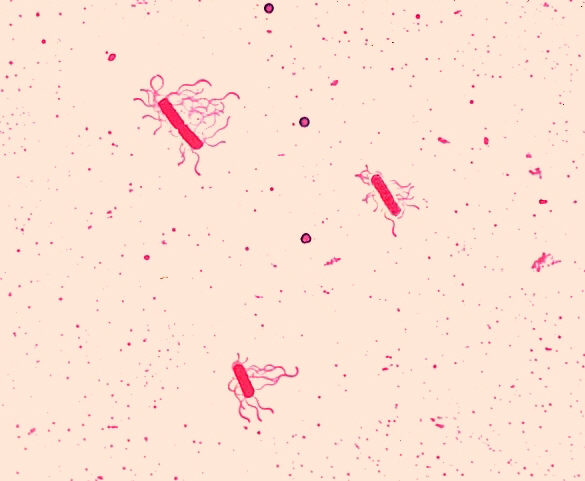
Characteristics of Bacteria:
Bacteria are one of the three major lineages of
life, being the most important group for sustaining life on Earth, although they
go completely unnoticed by people. This is due to their small size, as they
usually measure no more than one-thousandth of a millimeter, so even though they
are omnipresent, they are never seen. Even when using a microscope, they are
usually observed as tiny translucent dots. These unicellular organisms have a
thick wall surrounding their cells, giving them a defined shape, and usually
their morphology is simple, with spheres or rods being common. Sometimes they
may have filamentous protein structures in their wall, which serve to anchor
them to certain substrates, allow them to attack cells if they are pathogenic,
move, or swim if those structures have movement (flagella). Their morphology is
very limited, but the diversity of this group is extraordinarily high, much
higher than any other domain of life. While the Eukaryota domain has a single
type of metabolism highly conserved in all its species, bacteria have a very
high metabolic diversity, being able to obtain energy from organic matter,
light, methane, sulfides, nitrates, iron, sulfuric acid, arsenic, or invisible
infrared light, among many other methods. They can inhabit places as varied as
ocean floors at depths of more than 11 km, Antarctic ice, the interior of
nuclear power plants, hyperacid volcanic lakes, waters at over 120°C, or the
interior of rocks buried kilometers deep.
Bacteria are essential organisms for higher life on earth, as they control the
cycles of the chemical elements essential for building the bodies of organisms.
For example, the nitrogen present in all organisms, which is essential for
forming proteins, was at some point taken from the atmosphere by a bacterium
that transformed it into molecules usable for forming proteins (such as nitrate
for plants or amino acids for animals). In addition, a group of bacteria
(Cyanobacteria) was the origin of the photosynthetic capacity of all
photosynthetic eukaryotes, by living in symbiosis inside their cells forming
chloroplasts. Moreover, the ability to obtain energy by breathing oxygen
possessed by eukaryotes like us, essential for life, is thanks to another
bacterium that, at the origin of eukaryotes, began to live inside their cells,
forming mitochondria. Thus, we can say that the metabolism of eukaryotes is
nothing more than a mixture of bacterial metabolisms.
The species category in bacteria is different from that of organisms such as
animals or plants; for example, the same species of bacteria can have
individuals genetically as different as the difference between a person and a
fly. This is because bacteria are capable of exchanging large fragments of DNA
between individuals of the same species or of another species, consequently the
genetic variability within a species is very high. Two individuals can be
considered to belong to the same species even if they only share 30% of their
DNA, i.e., which is for example the difference there is between a person and an
alga. Thanks to this ability to exchange DNA, an individual can live breathing
nitrate inside our intestines and suddenly have the ability to infect us and
cause our death, as may be the case with the species Escherichia coli. This
capacity makes the evolutionary history of bacteria appear not as a phylogenetic
tree but rather as a network, in which DNA fragments pass from one organism to
another or even very different organisms merge to give rise to other organisms
with new properties.
There is still much to be known among the numerous and very diverse kingdoms of
bacteria, which currently have a changing taxonomy due to the new species
discovered and new studies conducted. The following phylogenetic tree shows the
evolutionary relationships of some of the major lineages of bacteria.

Domain: Bacteria